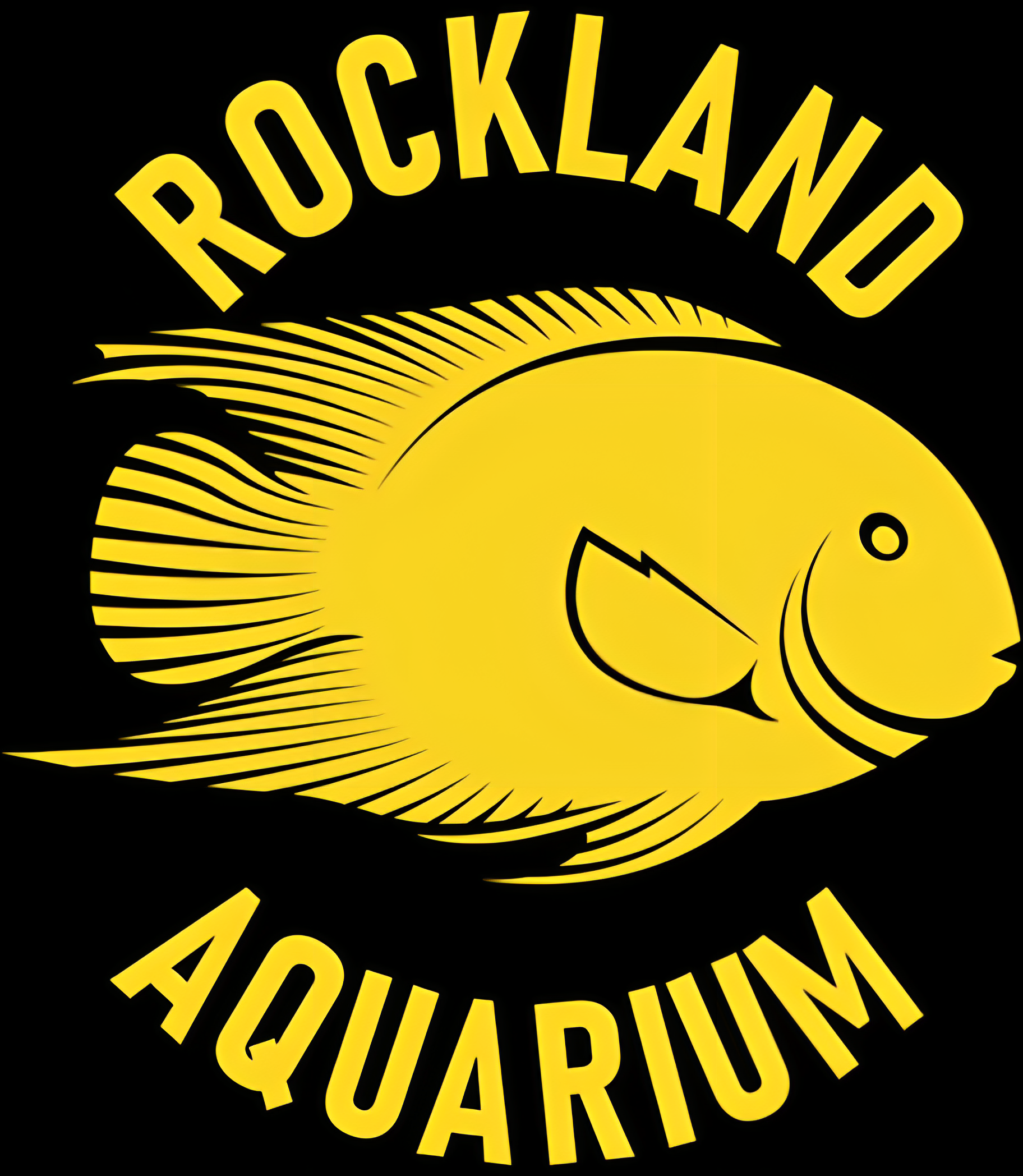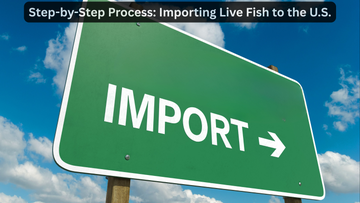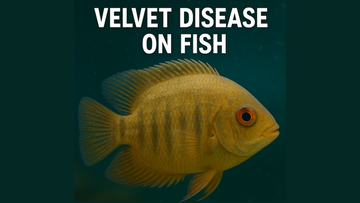1. Choose a Reputable Overseas Exporter
-
Work with exporters in countries like Indonesia, Malaysia, Thailand, or Taiwan.
-
Ensure they have experience shipping to the U.S. and meet health and packaging standards.
-
Get references, photos of stock, and certifications (health, CITES, etc. if applicable).
2. Verify U.S. Import Regulations
You must comply with:
-
U.S. Fish and Wildlife Service (USFWS)
-
U.S. Customs and Border Protection (CBP)
-
USDA (if applicable)
-
State-level regulations (some fish are banned in specific states)
✔️ Check the USFWS LEMIS list (Law Enforcement Management Information System) to see if the species you’re importing are allowed.
3. Obtain Required Permits
You will need:
-
USFWS Import/Export License ($100/year)
-
Apply via FWS Form 3-200-3
-
-
USDA APHIS Permit (if importing aquatic animals that may pose disease risk)
-
Possibly CITES permits for protected species
4. Arrange Air Cargo & Port of Entry
-
Work with a freight forwarder experienced in live animal transport.
-
Choose a Designated Port of Entry where USFWS is available to inspect (e.g., JFK, LAX, MIA).
-
Book flights carefully – delays can result in losses.
5. Prepare for Inspection Upon Arrival
-
All live fish imports must be declared to USFWS and CBP.
-
Provide:
-
Commercial invoice
-
Packing list
-
Import permits
-
Health certificate (if required)
-
-
Pay inspection and clearance fees.
- Pay the airline cargo handling fee, which must be settled directly through the airline’s online payment portal before pickup. You may need to present proof of payment at the cargo facility.
-
USFWS will physically inspect the shipment (usually takes 1–3 hours).
6. Customs Clearance
-
Broker files an Entry Summary (CBP Form 7501).
-
Pay any customs duties, taxes, and fees (most live fish are duty-free).
-
Ensure documentation matches perfectly – inconsistencies can cause delays or rejections.
7. Transport to Your Facility
-
Use a reliable shipper for last-mile delivery from airport to your store.
-
Have quarantine tanks and aerated water ready before shipment lands.
-
Acclimate fish slowly and monitor for signs of stress or disease.
📋 Example Documentation Checklist:
-
🐟 USFWS Import License
-
📄 Invoice & Packing List
-
🧾 Health Certificates (from exporter)
-
📦 Labels with scientific names
-
🛃 Customs Entry Forms
-
🌍 CITES (if needed)
✅ Tips for Success:
-
Import small trial orders first to test your supply chain.
-
Avoid banned or high-risk species (e.g., Snakeheads, certain Piranhas).
-
Build a relationship with your local USFWS officer.
-
Use temperature-controlled packaging for better survival rates.
-
Always quarantine new arrivals




